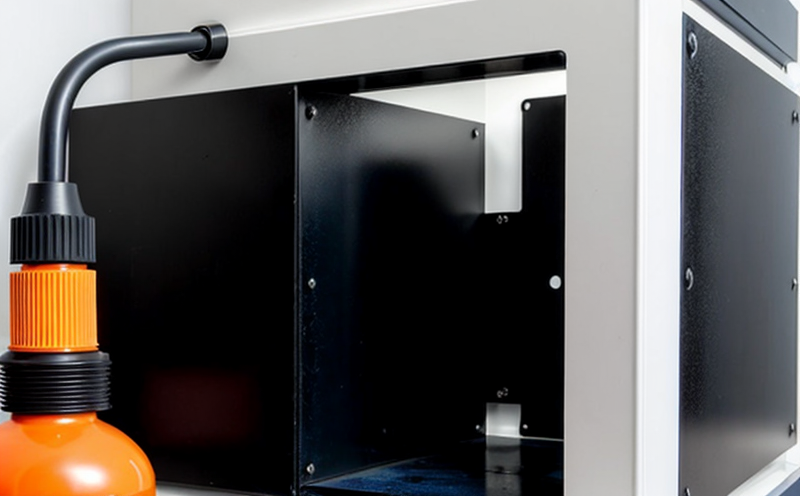ASTM G154 UV Aging Test of Nanocoatings
The ASTM G154 UV Aging Test of Nanocoatings is a critical procedure used to evaluate the photostability and durability of nanocoatings under simulated ultraviolet (UV) light conditions. This test provides valuable information on how well nanocoatings withstand environmental exposure, particularly in outdoor or industrial settings where they may be subjected to prolonged UV radiation.
The ASTM G154 standard uses two different sets of lamps: Xenon Arc and Fluorescent UVA-340. The Xenon Arc lamp simulates the broad spectrum of sunlight, including ultraviolet (UV), visible light, and infrared energy, while the Fluorescent UVA-340 lamp focuses on the UV-A portion of the solar spectrum. Both methods are designed to accelerate aging by delivering higher levels of radiation than would be experienced in natural conditions.
The test is particularly important for nanocoatings used in industries such as automotive, aerospace, construction, and electronics, where materials must maintain their performance over extended periods. The ASTM G154 UV Aging Test helps manufacturers ensure that their products meet the required standards for durability and longevity, thereby reducing potential failures and enhancing customer satisfaction.
The test procedure involves exposing nanocoating samples to controlled UV radiation in a chamber equipped with either Xenon Arc or Fluorescent UVA-340 lamps. The exposure time can vary depending on the specific requirements of the product under development or quality assurance. Typically, the exposure is conducted at a temperature controlled environment that mimics real-world conditions.
Sample preparation for ASTM G154 involves adhering nanocoatings to appropriate substrates such as glass, metal, or plastic. The coatings are then cut into standard specimens of specific dimensions and orientations to ensure uniformity across all samples being tested. Adhesion tests may also be conducted before the UV exposure to evaluate initial bonding strength.
After exposure, the coated samples undergo visual inspection for any changes in appearance such as color fading or cracking. Physical properties like gloss, adhesion, and hardness are measured using standard instruments. Chemical analysis might include Fourier Transform Infrared Spectroscopy (FTIR) or Gas Chromatography-Mass Spectrometry (GC-MS) to assess chemical composition alterations.
The results from the ASTM G154 UV Aging Test provide insights into the photostability of nanocoatings, which is crucial for predicting their real-world performance. This information helps in optimizing formulation compositions and improving product design.
| Industry | Application |
|---|---|
| Automotive | Evaluating durability of exterior finishes on vehicles exposed to sunlight. |
| Aerospace | Assessing resilience of coatings used in aircraft and spacecraft surfaces. |
| Construction | Testing longevity of architectural paints and coatings for buildings. |
| Electronics | Maintaining performance of circuit board components exposed to UV light. |
| Step | Description |
|---|---|
| 1 | Clean and dry the substrate thoroughly. |
| 2 | Carefully apply nanocoating to the prepared surface using appropriate techniques. |
| 3 | Allow sufficient time for curing according to manufacturer's instructions. |
| 4 | Measure and mark the coated area precisely. |
Benefits
Saves time by providing accelerated results compared to real-world exposure periods.
Reduces costs associated with extensive field testing.
Improves product quality and reliability through early identification of potential issues.
Aids in regulatory compliance ensuring products meet necessary durability standards.
Promotes innovation by offering data for improving nanocoating formulations.
Why Choose This Test
The ASTM G154 UV Aging Test is chosen because it offers a controlled, reproducible environment to simulate the effects of prolonged UV exposure on nanocoatings. By using this test, organizations can enhance their product development processes and ensure that their materials meet stringent quality and performance requirements.
It provides essential data for manufacturers to make informed decisions regarding material selection and formulation adjustments. Additionally, it helps in meeting regulatory standards and gaining market acceptance by demonstrating the durability of nanocoatings under challenging environmental conditions.





